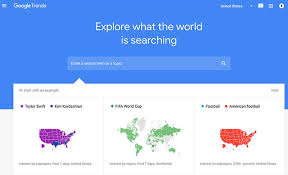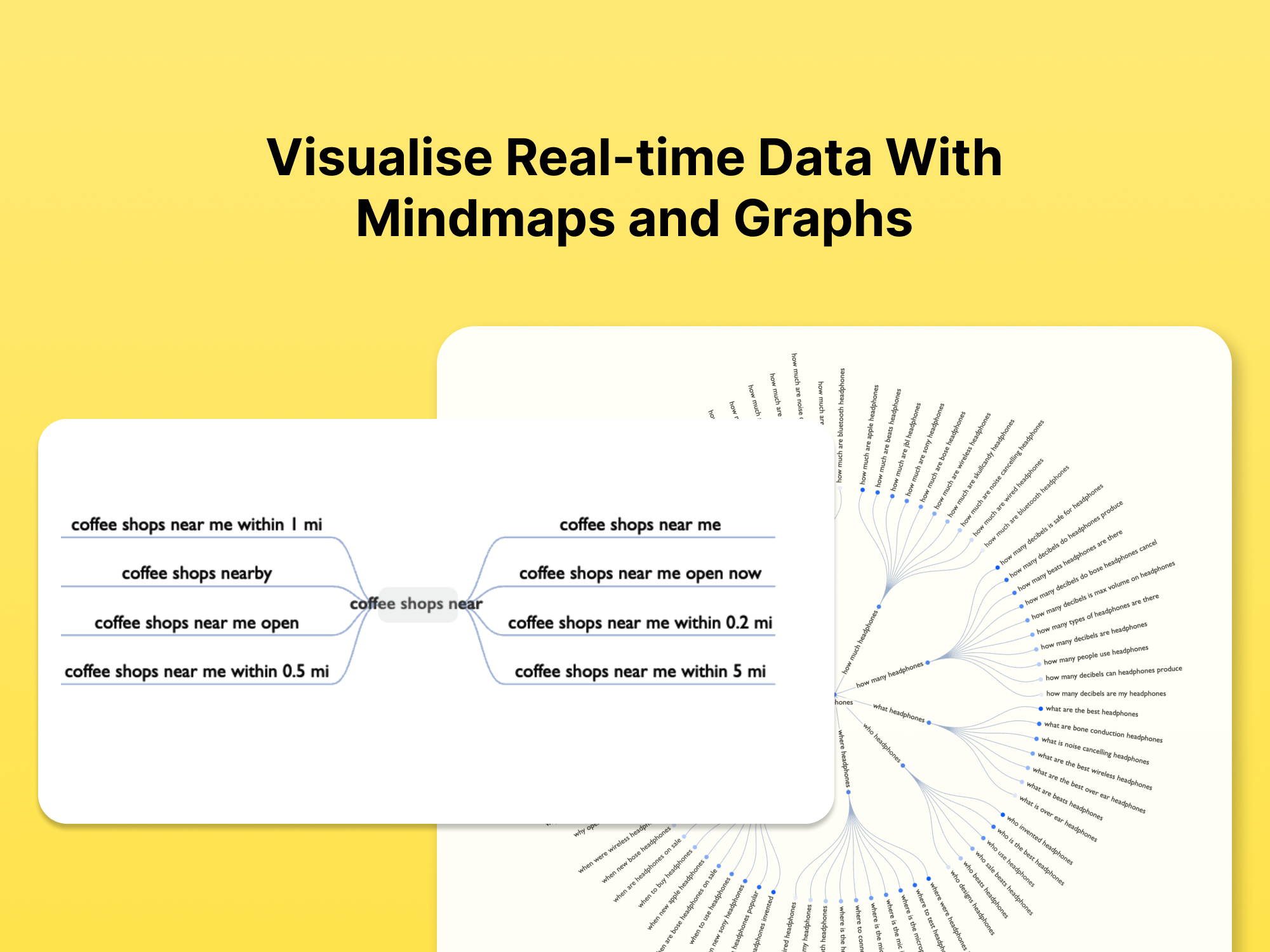
Leveraging Search Insights for Content Marketing Success
How to Use Search Data to Create Winning Content Strategies
By Shishir
Published on
12 minutes
Table of Contents
In a world where 5.6 billion searches happen on Google every single day, standing out in the digital noise is more challenging than ever. But what if you could crack the code to creating content that not only grabs attention but also drives real results? The secret lies in search insights. By tapping into what your audience is actively searching for, you can craft content that speaks directly to their needs, ranks higher on search engines, and fuels your marketing success. In this blog, we’ll dive into how you can harness the power of search insights to transform your content strategy and leave your competitors in the dust.
What Are Search Insights?
Search insights refer to the data and information derived from analyzing search engine behavior. This includes keyword trends, search volume, user intent, and competitor analysis. Tools like Google Analytics, Google Search Console, Ahrefs, and SEMrush provide valuable insights into what people are searching for, how they’re searching, and what content performs best.
Search insights help you answer critical questions such as:
- What topics are trending in your industry?
- What questions are your target audience asking?
- Which keywords have high search volume but low competition?
- How are your competitors performing in search rankings?
By answering these questions, you can create content that aligns with user intent and stands out in a crowded digital landscape.
Why Search Insights Matter for Content Marketing
1. Understanding User Intent
User intent is the driving force behind search behavior. By analyzing search insights, you can determine whether users are looking for information, products, or solutions. For example, if someone searches for "best running shoes for beginners," they’re likely in the research phase. Creating a blog post or guide that addresses this query can position your brand as a trusted resource.
2. Identifying Content Gaps
Search insights reveal gaps in your content strategy. For instance, if you notice that a specific keyword has high search volume but your website doesn’t rank for it, you can create targeted content to fill that gap. Similarly, analyzing competitor content can help you identify topics they’ve covered that you haven’t.

3. Improving SEO Performance
Search insights are the foundation of effective SEO. By targeting the right keywords and optimizing your content for search engines, you can improve your rankings and drive organic traffic. According to a study by BrightEdge, organic search drives 53% of all website traffic, making it a critical component of content marketing success.
4. Enhancing Content Relevance
Creating content that aligns with search trends ensures it remains relevant and valuable to your audience. For example, during the COVID-19 pandemic, searches for "remote work tools" skyrocketed. Brands that quickly created content around this topic were able to capture significant traffic and engagement.
How to Leverage Search Insights for Content Marketing
1. Conduct Keyword Research
Keyword research is the first step in leveraging search insights. Use tools like Google Keyword Planner, Ahrefs, or Ubersuggest to identify high-volume, low-competition keywords. Focus on long-tail keywords, which are more specific and often have higher conversion rates.
For example, instead of targeting the broad keyword "digital marketing," you could target "digital marketing strategies for small businesses."

2. Analyze Search Intent
Understanding search intent is crucial for creating content that meets user needs. There are four main types of search intent:
- Informational: Users are looking for information (e.g., "how to start a blog").
- Navigational: Users are searching for a specific website or page (e.g., "Facebook login").
- Transactional: Users are ready to make a purchase (e.g., "buy iPhone 14").
- Commercial Investigation: Users are comparing products or services (e.g., "best CRM software").
Tailor your content to match the intent behind the keywords you’re targeting. For example, if the intent is informational, create a detailed guide or blog post. If it’s transactional, focus on product pages or reviews.
3. Monitor Competitor Performance
Analyzing your competitors’ content can provide valuable insights into what works in your industry. Use tools like SEMrush or Ahrefs to identify the keywords your competitors are ranking for and the type of content they’re creating. Look for opportunities to create better, more comprehensive content that outperforms theirs.

4. Track Search Trends
Search trends can help you stay ahead of the curve. Tools like Google Trends allow you to monitor trending topics and seasonal patterns. For example, if you’re in the fitness industry, you might notice a spike in searches for "home workout routines" at the beginning of the year. Creating content around these trends can help you capture timely traffic.

5. Optimize for Featured Snippets
Featured snippets, also known as "position zero," are highly coveted in SEO. These are the concise answers that appear at the top of search results. To optimize for featured snippets, structure your content in a way that directly answers common questions. Use headings, bullet points, and tables to make your content easy to scan.
For example, if you’re targeting the query "how to improve SEO," you could create a section titled "10 Tips to Improve SEO" with a numbered list.
6. Repurpose High-Performing Content
Search insights can help you identify your best-performing content. Use this data to repurpose and update existing content. For example, if a blog post on "social media marketing tips" is driving significant traffic, consider turning it into an infographic, video, or podcast episode.
Case Study: How HubSpot Leverages Search Insights
HubSpot is a prime example of a brand that excels at leveraging search insights for content marketing. Their blog covers a wide range of topics, from marketing and sales to customer service and web development. By analyzing search data, HubSpot identifies trending topics and creates in-depth, SEO-optimized content that ranks well on search engines.
For instance, their guide on "How to Create a Blog Strategy" targets high-volume keywords like "blog strategy" and "how to start a blog." The content is structured to match user intent, with clear headings, actionable tips, and visual elements. As a result, it ranks on the first page of Google and drives significant organic traffic.

Tools to Unlock Search Insights
Here are some tools to help you gather and analyze search insights:
- Google Analytics: Track website traffic and user behavior.
- Google Search Console: Monitor search performance and identify technical issues.
- Ahrefs: Conduct keyword research and competitor analysis.
- SEMrush: Analyze SEO performance and track rankings.
- Google Trends: Explore trending topics and seasonal patterns.
- Searchlens: Discover questions your audience is asking.

Final Thoughts
Leveraging search insights is no longer optional—it’s a necessity for content marketing success. By understanding what your audience is searching for and creating content that aligns with their needs, you can drive organic traffic, improve engagement, and achieve your business goals. Remember, the digital landscape is constantly evolving, so make search insights an integral part of your content strategy.
Start by conducting keyword research, analyzing search intent, and monitoring trends. With the right tools and approach, you’ll be well on your way to creating content that not only ranks but also resonates with your audience.